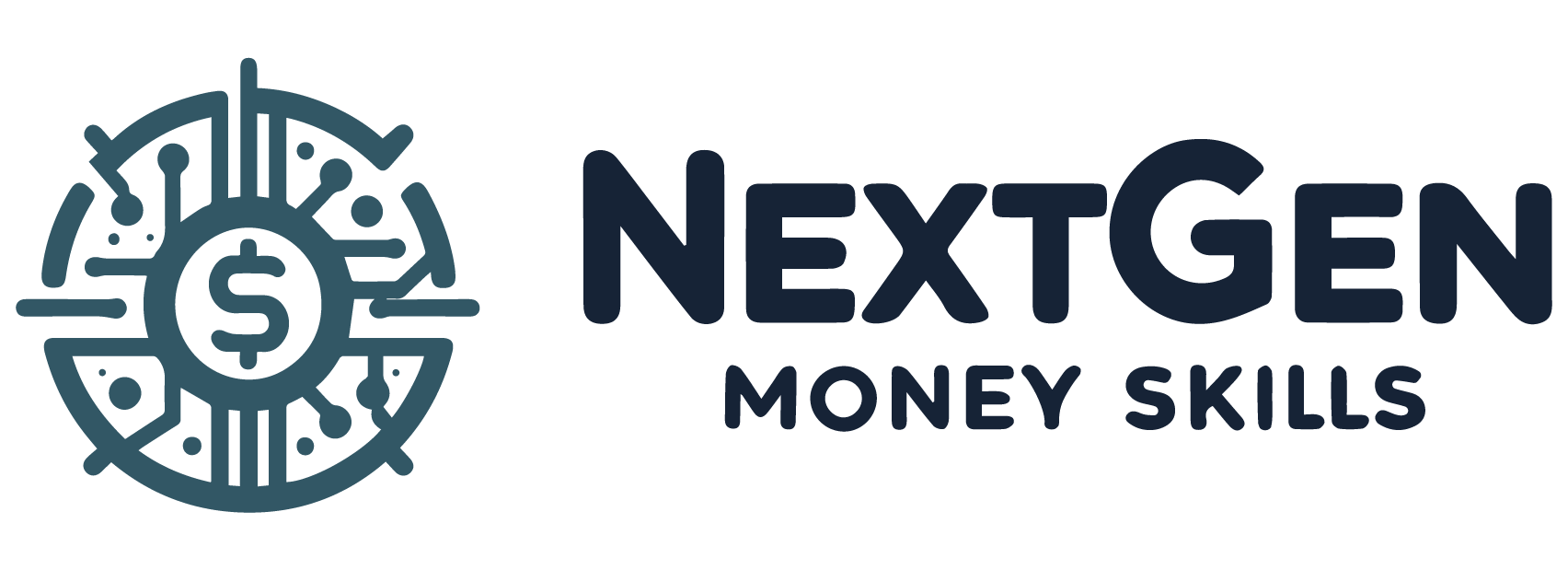Table of Contents
Fast Track Your Path to Being Debt-Free
The Debt Meltdown plan is a powerful strategy designed to help individuals rapidly pay off their debts. It combines three practical principles: paying the minimum payment, half of the minimum payment, and making an interest payment each month. By adhering to these principles, it’s easy to calculate how soon individuals could be debt-free and how much they could save.
For instance, with a credit card debt of $10,000 at an interest rate of 18% and a minimum payment of $200, paying the minimum monthly payment, half the minimum monthly payment, and allocating an extra $50 per month toward the interest payment could save over $3,000 in interest and lead to being debt-free approximately 18 months earlier.
This method offers a structured way to minimize debt faster without incurring extra fees or penalties.
Individuals who have embraced the Debt Meltdown plan have shared success stories of reducing their debt significantly faster than anticipated. This plan aligns well with those committed to becoming debt-free and looking for a straightforward, impact-driven approach.
Understanding the Debt Meltdown Plan

The Debt Meltdown Plan employs three principles to help individuals pay off their debts quickly and efficiently. It ensures timely payments, minimizes the overall interest paid, and accelerates debt repayment.
The Three Core Principles
Principle 1: Always Pay the Required Minimum Monthly Payment
Individuals must make the minimum payment on their debts each month. This essential step ensures that they avoid late fees and penalties, which can stack up and complicate financial situations.
Principle 2: Pay Half of the Minimum Monthly Payment
In addition to the required minimum payment, pay half the minimum amount again. This extra payment helps to reduce the debt faster and lowers the interest that would accumulate over time.
Principle 3: Pay an Additional Interest Payment Each Month
Make an extra payment specifically directed towards the interest portion of the debt. Paying off the interest more aggressively decreases the overall debt quicker, removing the burden of extended interest accumulation.
Calculating the Path to Debt Freedom
Example: Credit Card Debt
-
- Debt Amount: $10,000
-
- Interest Rate: 18%
-
- Minimum Monthly Payment: $200
Following the principles:
-
- Pay the required $200 minimum monthly payment.
-
- Pay an additional $100 (half of the minimum payment).
-
- Allocate an extra $50 towards the interest payment.
Although this is an example, review your statements, your numbers may differ. Using this method, one could save over $3,000 in interest and become debt-free 18 months sooner than making the minimum payments alone.
Benefits
-
- Time Saved: Accelerates the debt-free timeline.
-
- Money Saved: Reduces overall interest paid.
-
- Structured Approach: Offers a clear, actionable plan.
This structured and pragmatic approach makes the Debt Meltdown a powerful tool for managing personal finances and achieving debt freedom.
Executing the Debt Meltdown Method

Using the Debt Meltdown Method involves three key steps: making the minimum monthly payment, paying an additional half-payment each month, and making extra payments towards the interest. These strategies collectively pave the way to a faster, debt-free life by addressing both the principal and the interest effectively.
Minimum Monthly Payments in Practice
Paying the required minimum monthly payment is crucial. It ensures that no penalties or late fees are incurred. This step alone keeps a person in good standing with creditors, which is necessary for maintaining a good credit score.
The minimum amount varies based on the debt type. For credit cards, it usually includes a small percentage of the outstanding balance plus interest. Ensuring these payments are on time provides a solid foundation for tackling debt.
Additional Half-Payment Impact
Adding half the minimum payment each month can speed up the process significantly. If the minimum monthly payment is $200, paying an extra $100 can have a compounding effect. This approach helps in reducing the principal amount more quickly.
This extra half-payment strategy lowers the principal and lessens the overall interest charged. Over time, smaller principal balances mean that interest accrues more slowly, saving more money in the long run.
Targeting Interest with Extra Payments
Making an additional monthly payment, specifically towards the interest, tackles the debt from a different angle. For example, if the interest on a debt is $50 for the month, adding this amount to the payment can reduce future interest charges.
Reducing the interest this way can address the principal balance more effectively. This proactive approach makes it easier to chip away at the debt, hastening the journey to debt-free.
By applying these three principles together, individuals can more rapidly pay off their debts and save substantial amounts in interest while also ensuring they stay current on all financial obligations. This holistic strategy makes achieving financial freedom a more attainable goal.
Real-Life Success Stories

The Debt Meltdown Plan has helped numerous individuals regain control of their finances. This section shares specific testimonials and results to highlight the plan’s effectiveness.
Testimonials and Results
Philip struggled with student loan debt. By implementing the Debt Meltdown Plan, he paid off his $14,000 private loan balance over six years, significantly reducing his burden. Philip stated, “I never imagined I could turn my finances around this quickly.”
Like many others, Mel faced a daunting $20,000 debt at the end of 2019. Through the Debt Meltdown Plan, Mel reduced the debt by optimizing monthly payments and tackling interest. This approach saved thousands and enabled a debt-free life within two years.
Strategic Insights and Tips

Applying the Debt Meltdown Plan effectively requires awareness of common pitfalls and strategies to maximize benefits. Here are key insights for achieving debt relief.
Avoiding Common Pitfalls
Successful debt management involves avoiding frequent mistakes. One common error is neglecting to track spending habits. Individuals should create a detailed budget, monitoring all expenses. Using budgeting apps can simplify this process, highlighting areas to cut costs.
Another pitfall is relying too heavily on credit cards. Reducing credit card usage and not taking on new debt are essential. This prevents the accumulation of additional interest that could undermine progress.
Lastly, some people fail to prioritize debts correctly. Identify high-interest debts first and allocate more resources to them. This reduces the total interest paid and accelerates the path to being debt-free.
Maximizing Your Debt Meltdown Plan
To gain the most from the Debt Meltdown Plan, start by automating payments. Set up automatic transfers for minimum and additional interest payments. This ensures consistency and avoids missed payments, which can raise interest rates.
Apply extra income to debt repayment. Bonuses, tax refunds, and other windfalls can be used to make large payments, cutting down the principal faster and saving more on interest.
Additionally, periodically review and adjust your repayment strategy. Life circumstances and financial situations change. Adapting the plan to fit new conditions can make the process more efficient and sustainable, leading to quicker debt elimination.
Conclusion

The Debt Meltdown Plan offers a clear method for tackling debt quickly and efficiently. By combining three principles—paying the minimum payment, paying half of the minimum payment, and making an interest payment each month—individuals can significantly reduce their debt.
This strategy ensures that obligations are met while accelerating the repayment process. It also minimizes the total interest paid over time.
Users of the Debt Meltdown Plan often find that they can save thousands of dollars in interest and become debt-free years earlier than expected. These outcomes demonstrate the effectiveness of following the three-principle approach consistently.
An example of this success is someone with $10,000 in credit card debt at an 18% interest rate. By adhering to the plan, they could save over $3,000 in interest and clear their debt around 18 months earlier.
The key to success lies in a disciplined approach to financial management and consistent application of the principles. This combination enables users to see tangible results and move towards financial freedom.
The simplicity of the Debt Meltdown Plan makes it accessible to anyone seeking a structured way to manage and eliminate debt effectively. By implementing these principles, individuals can take control of their financial future and achieve their goals faster.




